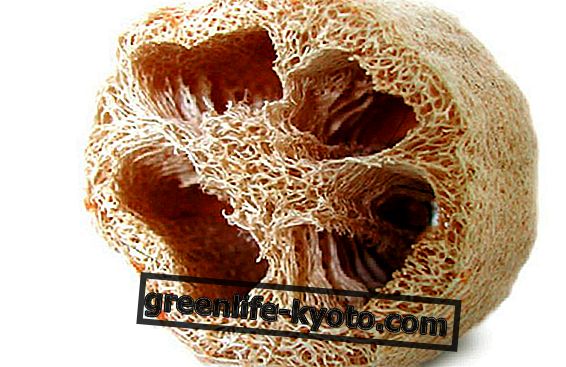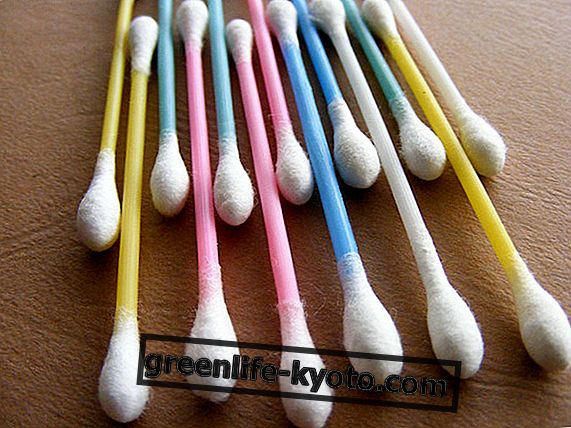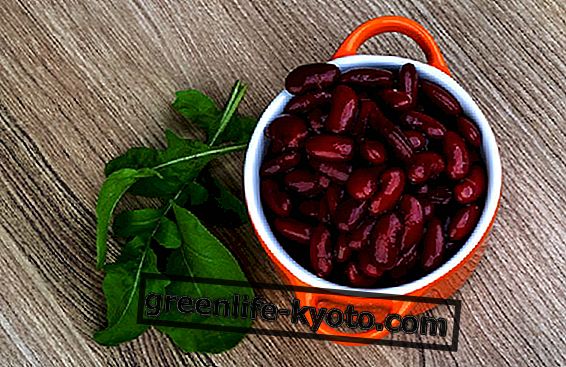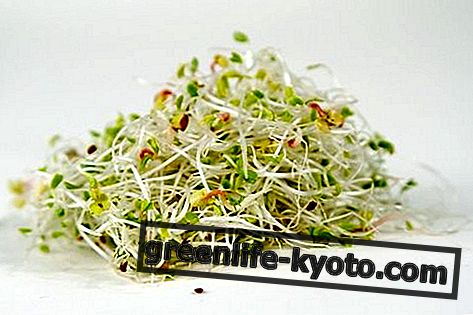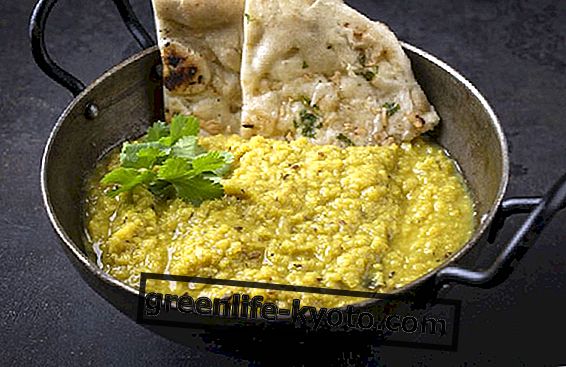
When we talk about starch and starchy foods we refer in almost all cases to cereals.
Cereals but not only, as among the starches we can also include some tubers, starting from the common potatoes, the pseudocereals, other plants included in cereals but which are not part of the Graminaceae, and finally, wanting to extend the term into a more panoramic vast, even some legumes.
But not everyone, aside from starch, has the same characteristics and can simply replace one another.
Alongside starch, in fact, we have many other categories of nutrients that vary a lot from cereal to cereal, which is why it is important to compare these foods and know their characteristics to determine which of these is more appropriate for us.
water
Let's start with the element that makes up most of the mass of plants and animals, including humans, water. When we talk about water, the potato is the queen of starchy foods, followed by the sweet potato and yam.
In the bottom of this ranking is sorghum, therefore more suitable for those with water retention problems.
Power
When it comes to supplying energy, the famous kilojoules, we discover at the head of all the brown rice, which detaches white rice, wheat and maize by a few measures.
Potato and sweet potato instead provide little energy, suitable for a hypoenergetic diet or to accompany other highly energetic foods.
Protein
We come to proteins. In the head place the green azuki, or green soybean, but not too far away we find the grain.
The starches that provide the least protein of all are the tubers : potatoes, cassava, sweet potatoes, yam, tapioca, etc., accompanied by sweet corn and plane tree banana, one of the very few fruits considered a starch.
Grassi
Let's move on to fats, or oils, to discover that among the richest we have again the green azuki, with 7 grams on 100. They follow at a distance millet and corn, around 4.5.
Do you want to know which are the less fatty and more suitable starchy foods for slimming diets? The tubers : potato, sweet potato, yam, and other exotic tubers. The cereal proper with less fat is rice.
Carbohydrates
Can not miss a ranking on carbohydrates, or the rings that make up the same starch that starchy compounds are. At the highest places we undoubtedly find rice, followed by sorghum and millet, then corn and wheat. In the queue are placed green and potato azuki, which can therefore be associated with other foods rich in carbohydrates.
Dietary fiber
Dietary fiber is an essential element in nutrition, important for keeping the various intestinal tracts well functioning. And then it will be interesting to know that wheat is the starchy that provides more fiber, followed by millet, corn and sorghum. If, on the other hand, we have problems with the intestine and we have to ingest a few fibers, then all refined grains, especially white rice, and cassava do the job.
Sugars
Pure glucides, whether it is glucose, sucrose, maltose or fructose, are present in starchy foods. The case of the plane-tree banana in the first place, rich in fructose, is not surprising.
Not so rich, but still to a greater extent than common cereals we find the batata or sweet potato, which thus justifies its name. The poorest are the green azuki, millet, sorghum and rice.
Mineral salts
Let's move on to minerals to discover that starchy foods are generally poor in calcium, exception made for the green azuki which are very rich in them . Maize is the poorest, while sorghum, wheat and rice provide a medium-low amount. Sorghum is at the top of the list of starches that supply iron, followed by wheat, while we find tubers and white rice among the starches that provide less.
Wheat and brown rice are the best sources of magnesium, while the tubers and sorghum are at the other end of the ranking. Wholegrain rice and wheat, together with sorghum this time, are at the top of the phosphorus classification, where the tubers are still in the last places. Yam and green azuki dominate the potassium ranking, in which the rice is placed last.
If we look for sodium, the batata is the best source, up to ten times greater than wheat and rice. Zinc? We find it in wheat and corn and almost for nothing in sorghum. Also copper is generally found only in traces, however greater in the case of wheat. Wheat, however, is also very rich in selenium, almost absent in all other starches.
Exceptions
We come to the exceptional cases, like that of the beta - carotene, extremely abundant in the batata and are in traces in the other starchy, as well as qello of the lutein, present in abundance only in the corn and the strange case of the millet that, despite having traces of various vitamins, it is the richest among the proper cereals.
Read also
